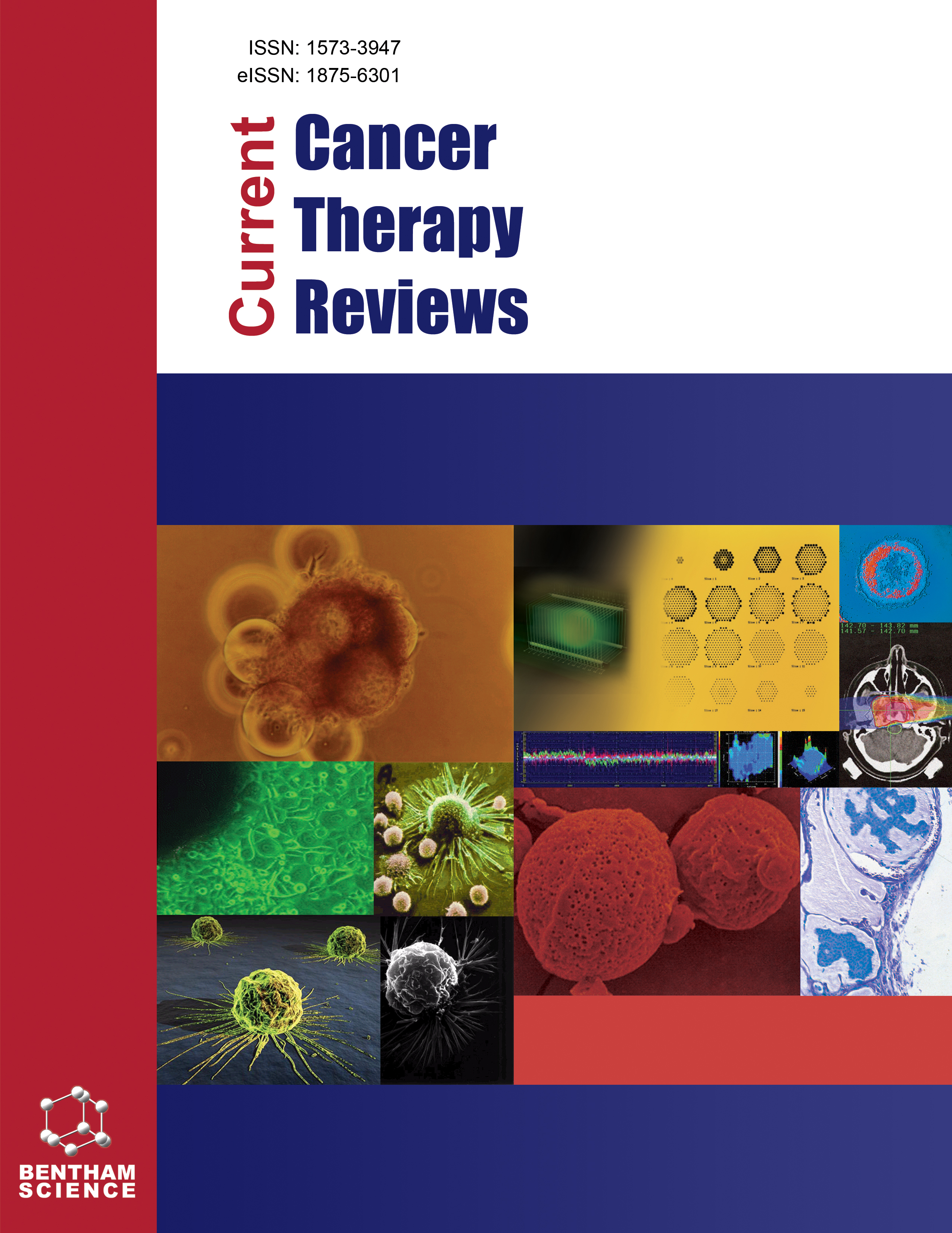
Full text loading...
Artificial Intelligence (AI) and Machine Learning (ML) have revolutionized various industries, including cancer research and drug discovery. This article provides a summary of the history of AI and ML, highlighting their resurgence in the 1990s with advancements in computational power and new algorithms. In the context of drug discovery, AI and ML techniques have been applied to accelerate the development of new drugs, from target identification and lead generation to drug repurposing. AI applications in drug design and virtual screening have improved the efficiency of identifying potential drug candidates. Deep learning, a division of ML, has been particularly effective in predicting protein structures and optimizing lead compounds. In anti-cancer drug target prediction, AI and ML algorithms analyze large-scale genomic, proteomic, and clinical data to identify potential targets for cancer therapy. AI has also transformed cancer imaging and diagnosis by enhancing the accuracy and efficiency of cancer detection, classification, and prognosis. Medical imaging analysis, pathology, and radiology have benefited from AI algorithms’ ability to interpret and analyze various imaging modalities. Moreover, AI applications in cancer treatment have facilitated the development of predictive models for treatment response, enabling personalized and targeted therapies based on individual patient characteristics. The purpose of the study was to provide facts regarding the integration of artificial intelligence and machine learning in drug discovery and cancer therapy and their significant prospects for improving efficiency, decreasing costs, and improving patient outcomes.

Article metrics loading...

Full text loading...
References


Data & Media loading...

